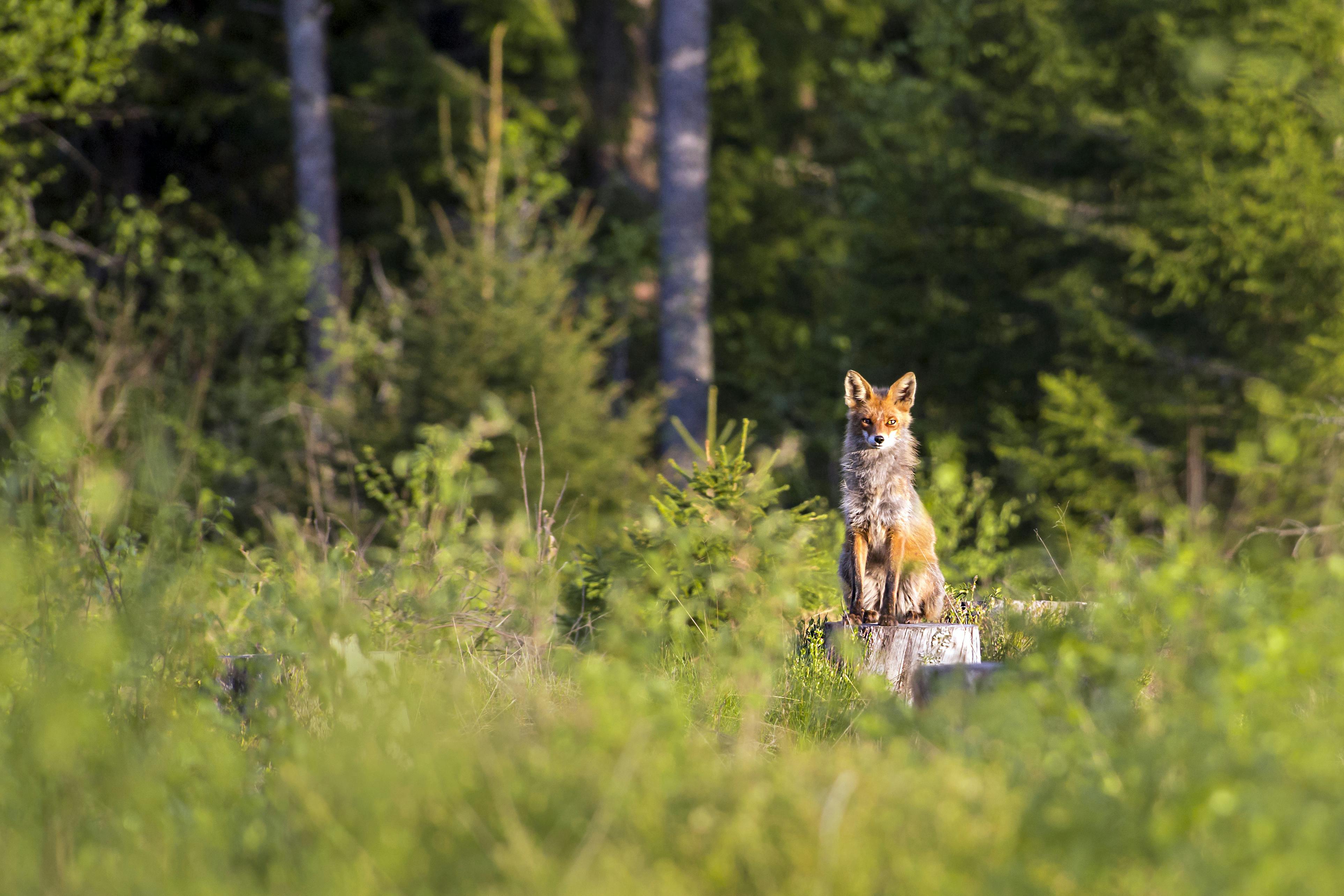
General guide to sugar glider physiology, behavior and interaction
Website design By BotEap.comThe following notes cover essential points about sugar glider physiology and basic behavior patterns. Use this information to better understand why your sugar glider (SG) behaves in a particular way.
Website design By BotEap.com1. Information about the group or colony is transmitted through odors. If you introduce a new sugar glider to an existing colony, it will most likely be scented by the dominant sugar glider. Either this happens, or a fight will ensue.
Website design By BotEap.com2. Only male suggestions have scented tassels on their faces. This makes it easy to tell males from females. Male gliding bears are more willing to mark their territories than females.
Website design By BotEap.com3. A sugar bear that has been replaced by a more dominant member of the colony may become depressed and begin to show signs of depression.
Website design By BotEap.comThe behavior of other sugar bears towards particular gliders in a group also has a direct relationship to a sugar bear’s behavior in the long term. For example, if a sugar bear is regularly bullied by larger, stronger gliders, the weaker sugar bear may become depressed or exhibit excessive aggression.
Website design By BotEap.com4. Fights that occur because a new suggie has been introduced to an existing group should be avoided because adult sugar bears have been known to fight ‘trespassers’ to the death. At the first sign of aggression, remove the newcomer and transfer the new sugar bear to a separate cage.
Website design By BotEap.com5. Do not remove the dominant male from a group as this will cause stress to the entire group. Stress can eventually lead to extreme symptoms like self-mutilation.
Website design By BotEap.comSome pet owners remove the dominant male to make it easier for a new SG to enter. This approach may or may not work, because the glider colony system is so important that other members of the group are physiologically weakened when a dominant member is forcibly removed from the group.
Website design By BotEap.com6. Rubbing a piece of cloth on the body of a newcomer would be a better approach when introducing new gliders to an existing group. Let the old gliders scent bond before showing the existing group your new member. This way, the entry of the new member will have a less negative impact on the existing group.
Website design By BotEap.com7. New gliders should be placed in a starter cage for at least 21 days before being introduced to the existing colony or group. This is done to reduce the chances of spreading infection or disease.
Website design By BotEap.com8. If a new SG has been attacked or has not integrated through general sniffing, the sugar glider should be taken out and placed in a separate cage once more. Any attempt to reinstate the new honey glider should be made after a week or two.
Website design By BotEap.com9. Honey bears are naturally active at night because this species of marsupial is nocturnal. In the wild, honey bears also hunt at night.
Website design By BotEap.com10. Behavioral synchronization is sometimes seen in small groups of sugar bears. If one glider becomes alarmed, the others may also become alarmed.
Website design By BotEap.com11. When temperatures drop, a colony of honey bears bands together to raise or maintain their body temperature.
Website design By BotEap.com12. The sugar bear’s gestation period is only fifteen to seventeen days.
Website design By BotEap.com13. A sugar glider can breed at any time of the year.